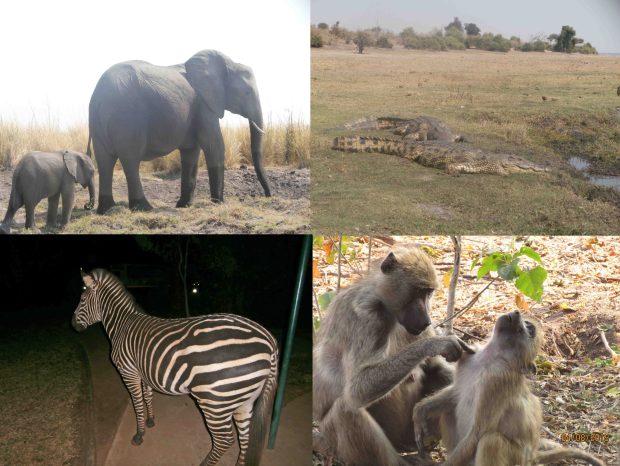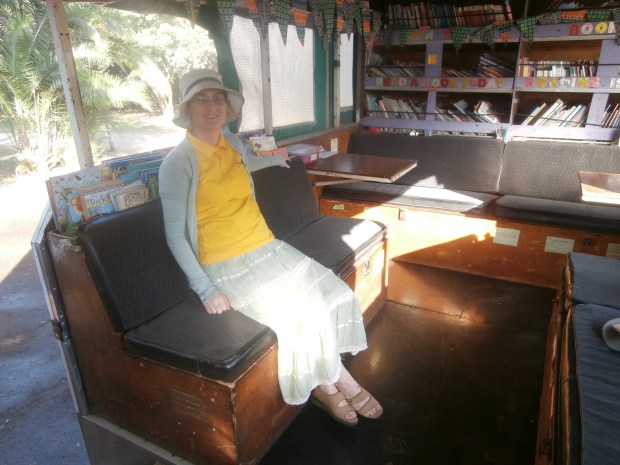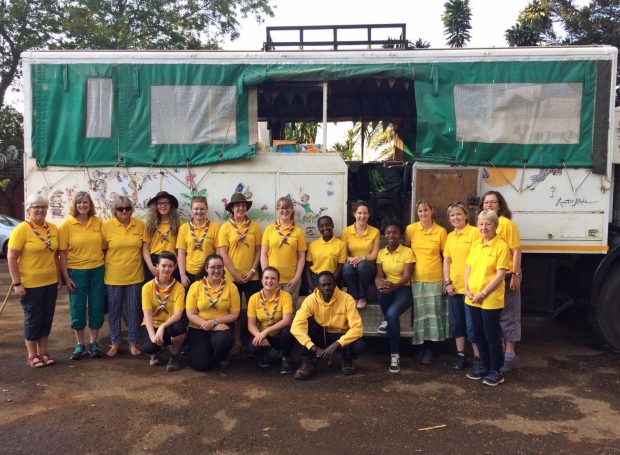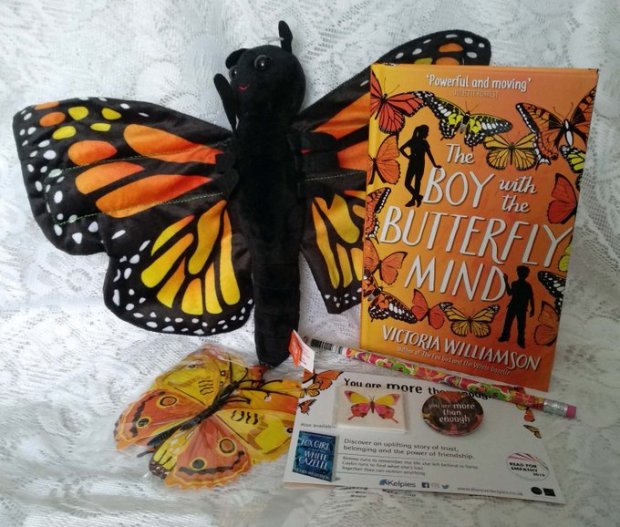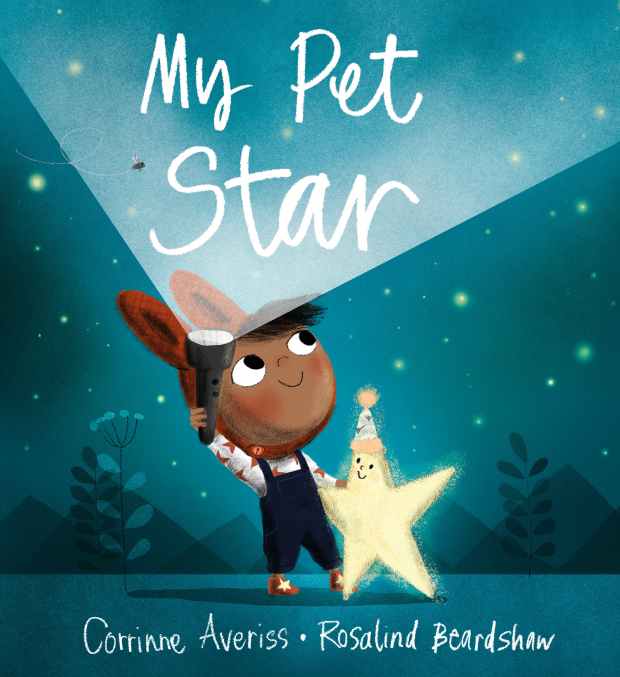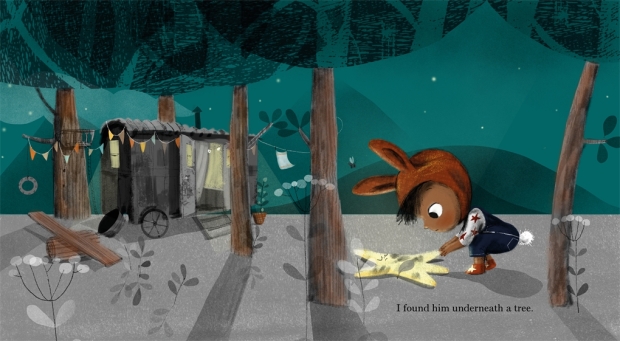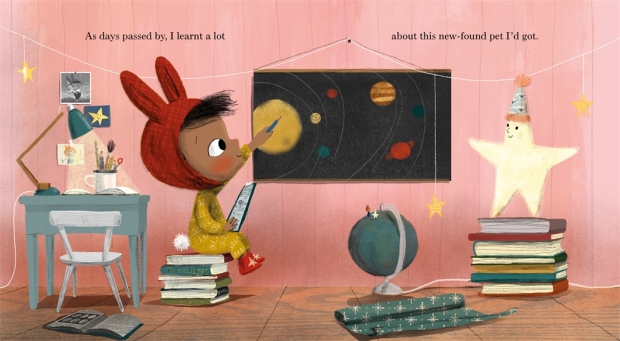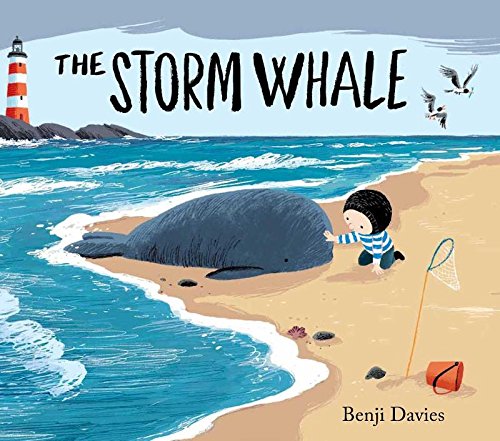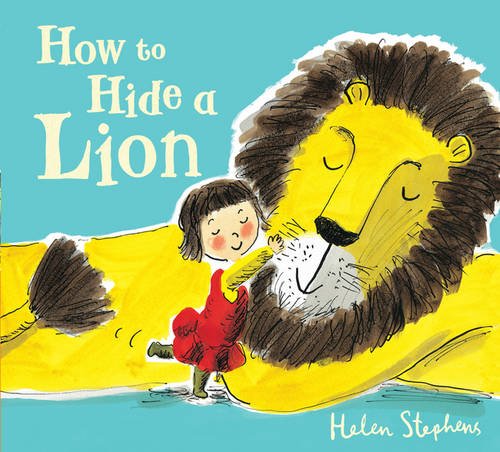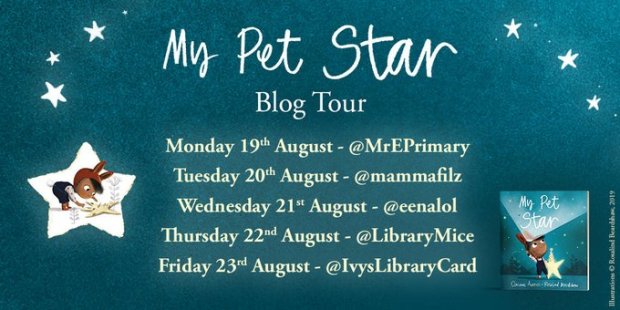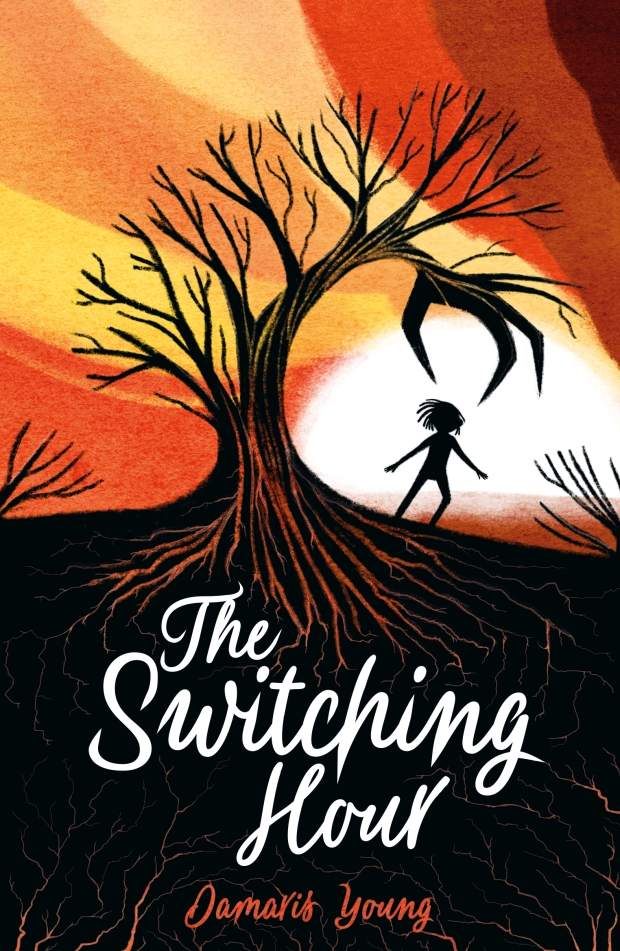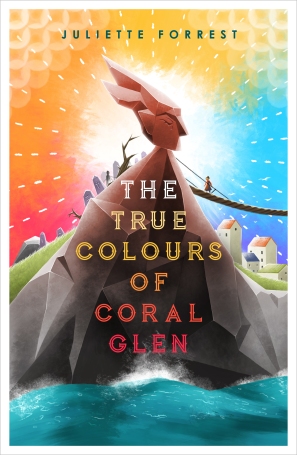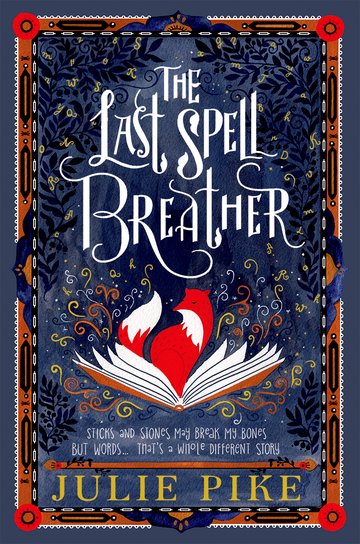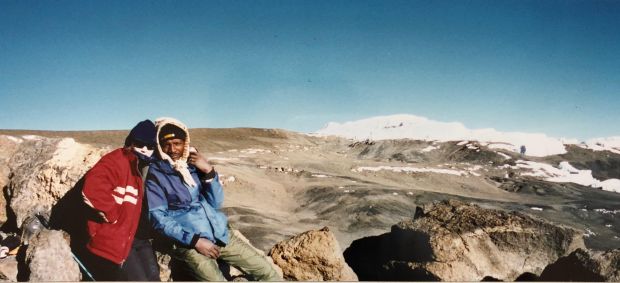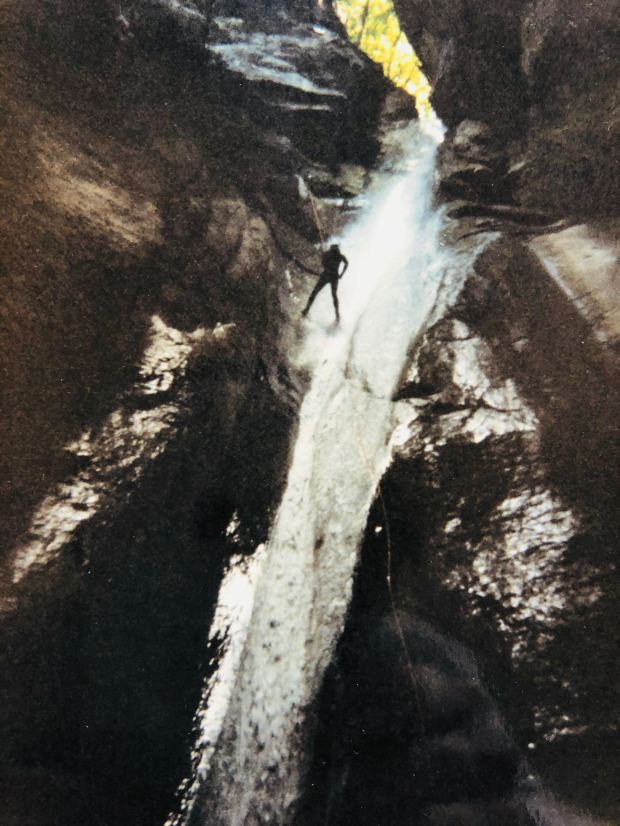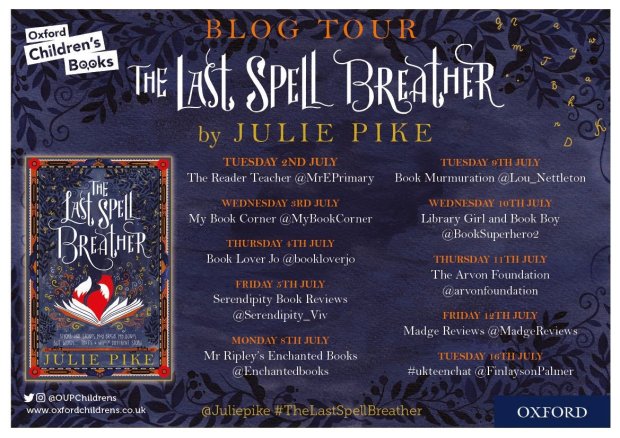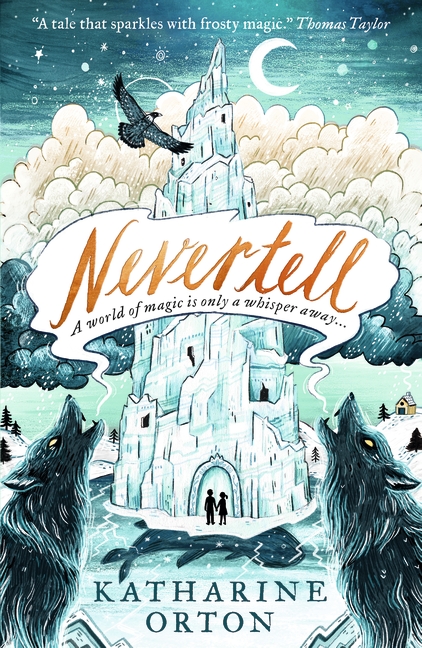
‘Gorgeously-evocative writing from a book that is guaranteed to be a winter winner. Fans of The Wolf Wilder, Sky Song, The Wolf Princess and The Tzar’s Curious Runaways should start with this.’
Rating: ⭐⭐⭐⭐⭐
Title: Nevertell
Author: Katharine Orton (@KatharineOrton)
Illustrator: Sandra Dieckmann (@sandradieckmann)
Publisher: Walker (@WalkerBooksUK)
Page count: 384
Date of publication: 7th November 2019
Series status: N/A
ISBN: 978-1406385182
Perfect for Year 5, Year 6 and Year 7.
#3Words3Emojis:
1. Escape 🏃♀️
2. Bravery 💪
3. Sorcery ✨
Sometimes it take a little courage to discover magic.
Eleven-year-old Lina has never seen the world beyond the prison camp until the night she escapes with her best friend, Bogdan. As the pair journey across a snowy Russian wilderness, they are pursued by a vengeful sorceress and her pack of shadow wolves. The children will need every ounce of bravery – and a little sorcery of their own – if they are to survive…
Review:
Set in the uninhabited wilds of Siberia, this winter-bound story starts by introducing to our protagonist Lina. Born in a Soviet prison camp, she has no idea about the outside world after being confined to the surroundings of the camp for all her eleven years. After years of her young life of seeing the people around her being forced into labour, she seizes upon a chance to escape what’s she always been used to. However, this does come at an initial cost, the fact that she has to leave her mother, Katya, behind. At least initially.
Leaving one night is no easy task, and their escape is nearly thwarted when Lina comes face to face with the camp’s Commandant who Lina believes is as close to a father as she has ever known…
However, with a rag-tag group of campmates – Old Gleb, Alexei and Vadim – she leaves the camp only to find that the grass isn’t greener, or should I say the snow isn’t whiter beyond the fence. There is a line within the book that will always stay with me after reading this and it not only perfectly describes the treacherous conditions of the cold that Lina faces but also the way in which Katharine evokes a sense of atmosphere within her gorgeously-illustrative writing and that is “The coldness reached its fingers inside her skull.”
A little way after embarking on their journey, the group begin to hear footsteps and feel as if they may be attacked. However, lucky for Lina, they soon realise that they’ve got company. Company in the form of Lina’s friend from camp, Bogdan. As the group journey further on into the stretches of snow in search of Lina’s grandmother who is appearently located in Moscow, their journey becomes more intensified. Such that they are at the mercy of a sorceress and her pack of shadow wolves who get nearer and nearer…
Will they make the arduous trek across the tundra to safety? Or will they have to dig deep to find the courage they need to conquer the sorceress, her shadow wolves and the freezing cold?
Fans of The Wolf Wilder, Sky Song, The Wolf Princess and The Tzar’s Curious Runaways should start with this. A book that is guaranteed to be a winter winner with all of its readers. I simply can’t wait to read Katharine’s next!
How fairytales inspired Nevertell
Nevertell is deeply inspired by fairy tales. Russian and Slavic ones in particular, which are among my favourites in the world, and which made the most sense to draw on since that’s where the story’s set. They’re part of the fabric of the book, but I’ve never told anyone which particular one inspired Nevertell the most. There’s a little clue towards the end of the book, but that’s all.
For a long time Nevertell had brewed in my head in a nameless, shapeless kind of way. I wanted it to be mainly for children and set in the Soviet Union of the 1950s because, for many reasons, it’s a place and a period of history I’ve been fascinated in my whole life. So I’d been thinking about this story when I came across an amazing book called Inside the Rainbow, where I learned that fairy tales – the magical, fantastical kind that I love so much – were not to be told to children at that particular time in the Soviet Union.
This really got me thinking. About what that would have been like for people with such a rich history of magical fairy tales and folklore – and why such a decision might have been made. On top of this I wondered how a magical world and those from it would cope with that. How might they push back? Baba Yaga wouldn’t like it, I knew that much. What of Vasilissa the Beautiful, or Koschei the Deathless? Could the relics of these other worlds – of our imaginations – be pushed out that easily? From these questions, Nevertell was born.
Now I had the spark for my story, I did more research, which also included my two favourite things: reading about history and about fairy tales. I rediscovered that Slavic folklore is populated with all kinds of nature spirits and supernatural beings, including animal helpers who pop up to aid the protagonists in their hour of need, usually in exchange for an earlier kindness: help, or food. During the story, my main character Lina meets a little moth who becomes important later – and the idea for it sprang partly from this.
There’s also a sorceress called Svetlana in Nevertell who pursues Lina and her best friend with shadow wolves, and you quickly learn that she herself is otherworldly. Some of the characters liken her to the fearsome witch from Russian stories, Baba Yaga. But it’s actually another fairy tale character altogether that relates closest to Svetlana – and she’s from the story which also helped inspire Nevertell.
It’s called The Stone Flower. It’s about an apprentice stone carver who longs to improve his craft and create true beauty. He’s heard of a beautiful “stone flower”, but it’s in the realm of the Mistress of the Copper Mountain, and those who go there never return. I’ll leave you to read about exactly what happens to the apprentice stone carver when he finally does go in search of the stone flower (there’s even a sequel involving his fearless fiancée, Katya), but you guessed it: Svetlana’s character is in part inspired by the Mistress of the Copper Mountain.
So while the knowledge that fairy tales weren’t to be told to children is what helped spark Nevertell into being, it was actually one fairy tale, the tale of The Stone Flower, that gave Nevertell its (mountain-shaped) heart. And, perhaps, when you’ve read both, you might even spy The Stone Flower’s influences on Nevertell in other ways, too.
Big thanks to Katharine and all the team at Walker for inviting me to be a part of the Nevertell blog tour and for sending me an advance copy.
Extra thanks to Katharine for writing such an insightful guest post!
Mr E
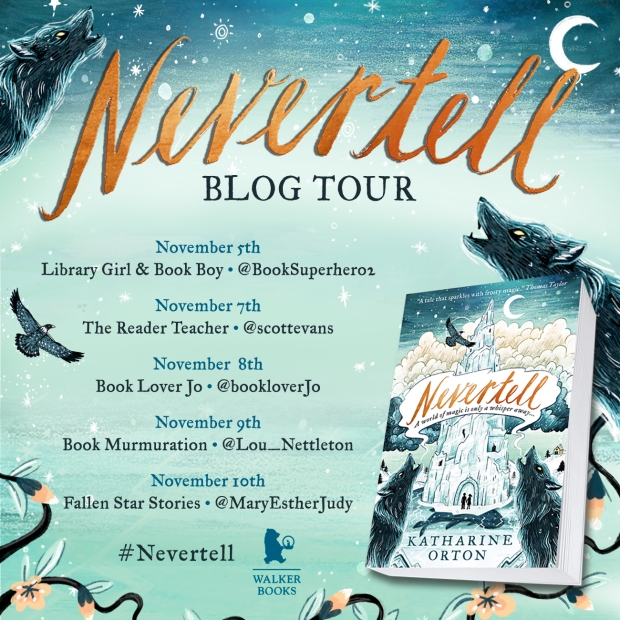
Be sure to check out the rest of the Nevertell blog tour for more exclusive content & reviews from these brilliant book bloggers!


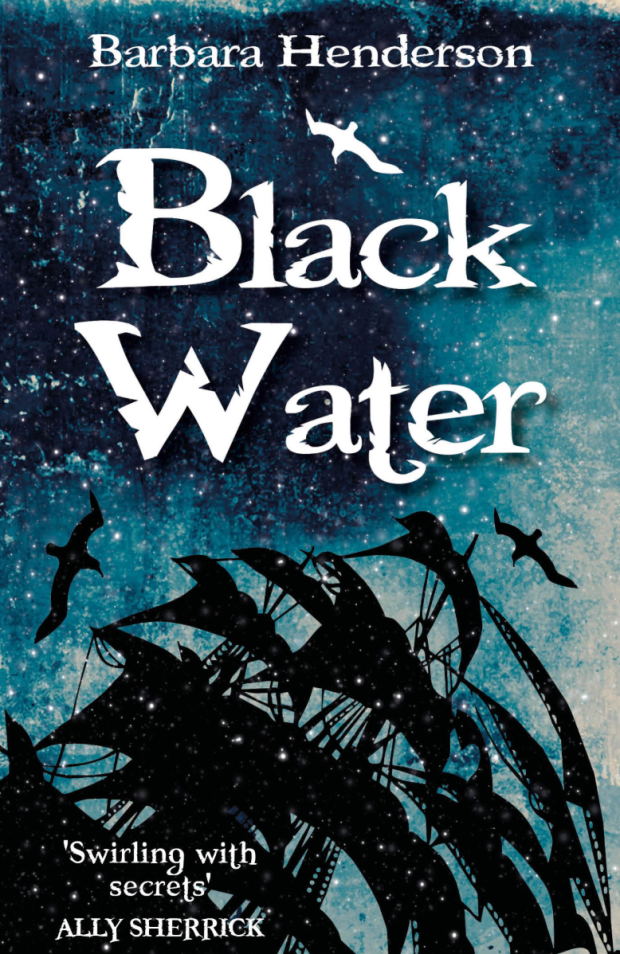
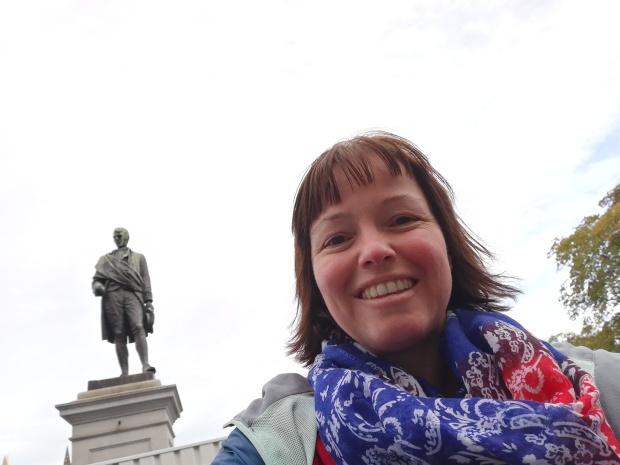






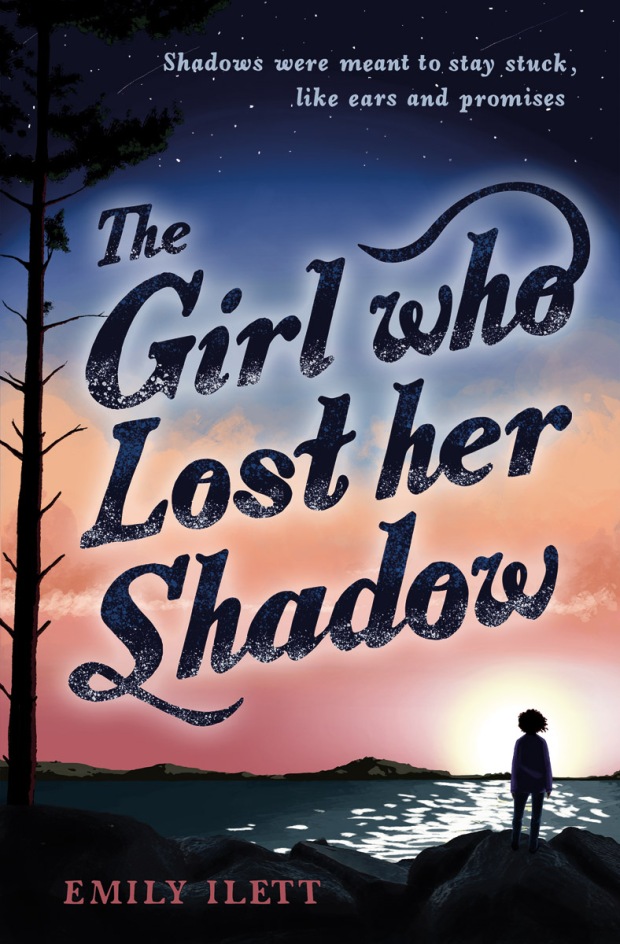
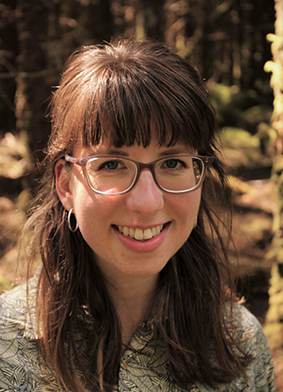

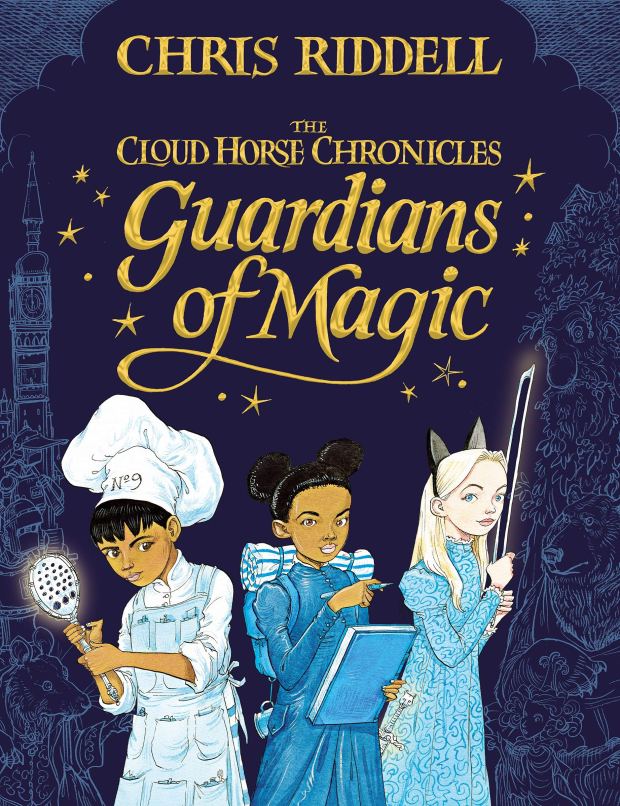
![Guardians_FB_BlogTour[5].jpg](https://thereaderteacher.files.wordpress.com/2019/09/guardians_fb_blogtour5-2.jpg?w=620)



